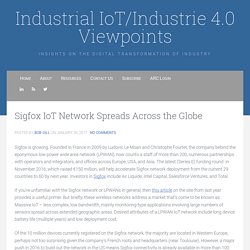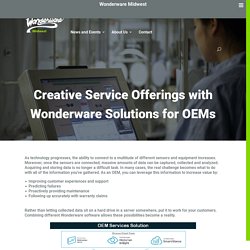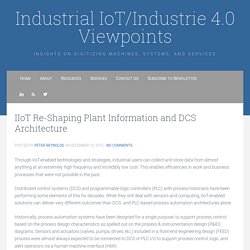

NEXT LEVEL for industry. Sigfox IoT Network Spreads Across the Globe - Industrial IoT/Industrie 4.0 Viewpoints. Sigfox is growing.

Founded in France in 2009 by Ludovic Le Moan and Christophe Fourtet, the company behind the eponymous low power wide area network (LPWAN), now counts a staff of more than 200, numerous partnerships with operators and integrators, and offices across Europe, USA, and Asia. The latest (Series E) funding round in November 2016, which raised €150 million, will help accelerate Sigfox network deployment from the current 29 countries to 60 by next year. Investors in Sigfox include Air Liquide, Intel Capital, Salesforce Ventures, and Total. If you’re unfamiliar with the Sigfox network or LPWANs in general, then this article on the site from last year provides a useful primer.
But briefly, these wireless networks address a market that’s come to be known as Massive IoT – less complex, low bandwidth, mainly monitoring-type applications involving large numbers of sensors spread across extended geographic areas. Sigfox in Singapore Sigfox is relatively simple to set up and and use. IEEE 802.1 Time-Sensitive Networking Task Group. The Time-Sensitive Networking Task Group is part of 802.1.

For general information, please refer to the 802.1 home page. The charter of the TG is to provide the specifications that will allow time-synchronized low latency streaming services through 802 networks. Specific goals include: A Layer 2 time synchronizing service that is appropriate for the most stringent requirements of consumer electronics applications. This was done in cooperation with the IEEE 1588 working group, and so the point-to-point 802.3 sublayer of 802.1AS is a specific profile of IEEE Std 1588-2008. All participants should keep up to date on the current "assumptions" document since it includes much of the background information on technical approaches and work that needs to be done. The original work on AV bridging was done as part of the "Residential Ethernet Study Group" of 802.3 Active projects: Conference call meetings: Regular calls NOTE: Everyone *must* review the IEEE patent procedures as outlined at Agendas.
Creative Service Offerings with Wonderware Solutions for OEMs. As technology progresses, the ability to connect to a multitude of different sensors and equipment increases.

Moreover, once the sensors are connected, massive amounts of data can be captured, collected and analyzed. Acquiring and storing data is no longer a difficult task. In many cases, the real challenge becomes what to do with all of the information you’ve gathered. As an OEM, you can leverage this information to increase value by: Improving customer experiences and supportPredicting failuresProactively providing maintenanceFollowing up accurately with warranty claims Rather than letting collected data sit on a hard drive in a server somewhere, put it to work for your customers. Step 1: Installing Wonderware InTouch Machine Edition HMI and Wonderware Historian on a Wonderware Industrial Computer gives you the power to collect and store data locally on each associated machine or process. Step 2: Virtual Technologies: Concepts, Methodologies, Tools, and Applications ... - Google Books. "OPC-UA as enabler for IoT (Internet of Things) and(...) Untitled. Home Page - OPC Foundation.
OpenFog Consortium. IIoT Re-Shaping Plant Information and DCS Architecture - Industrial IoT/Industrie 4.0 Viewpoints. Through IIoT-enabled technologies and strategies, industrial users can collect and store data from almost anything at an extremely high frequency and incredibly low cost.

This enables efficiencies in work and business processes that were not possible in the past. Distributed control systems (DCS) and programmable logic controllers (PLC) with process historians have been performing some elements of this for decades. While they still deal with sensors and computing, IIoT-enabled solutions can deliver very different outcomes than DCS- and PLC-based process automation architectures alone. Historically, process automation systems have been designed for a single purpose; to support process control based on the process design characteristics as spelled out on the process & instrumentation design (P&ID) diagrams. For Industrial IoT, both the architecture and expected outcomes are very different. …… and of course the very nature of the enterprise is changing.